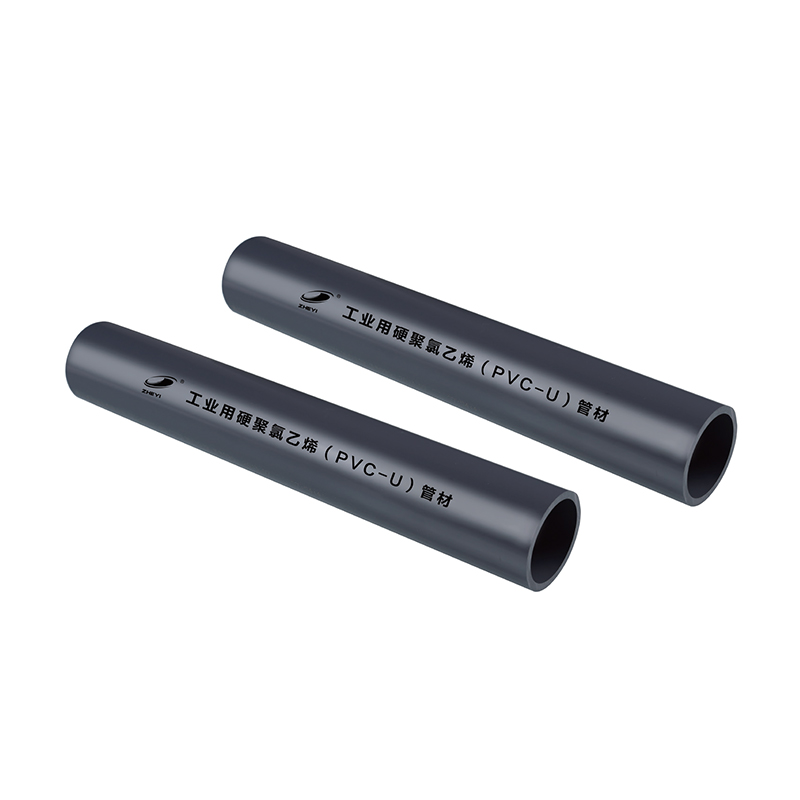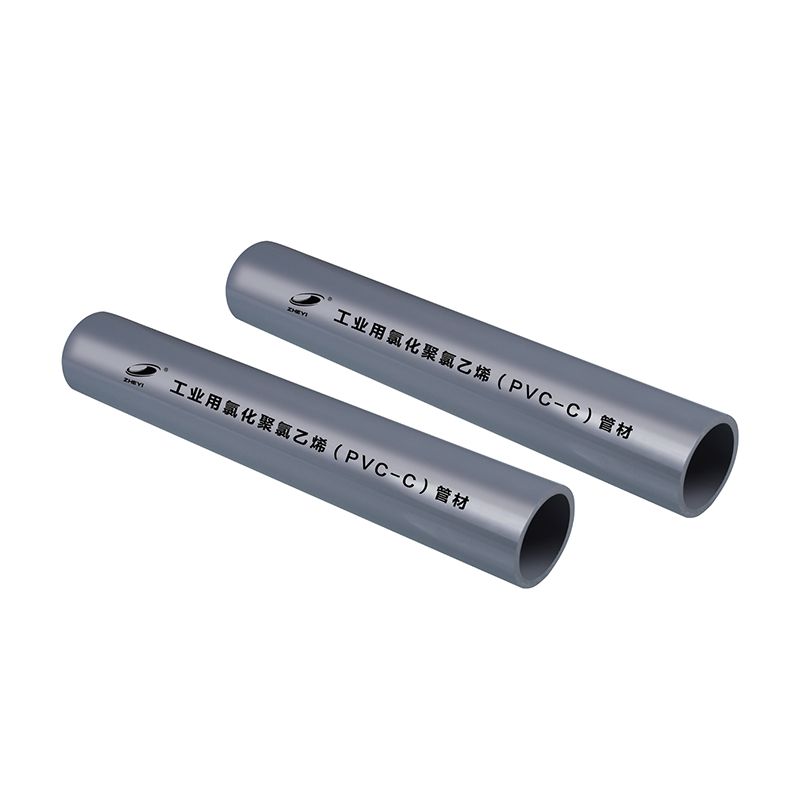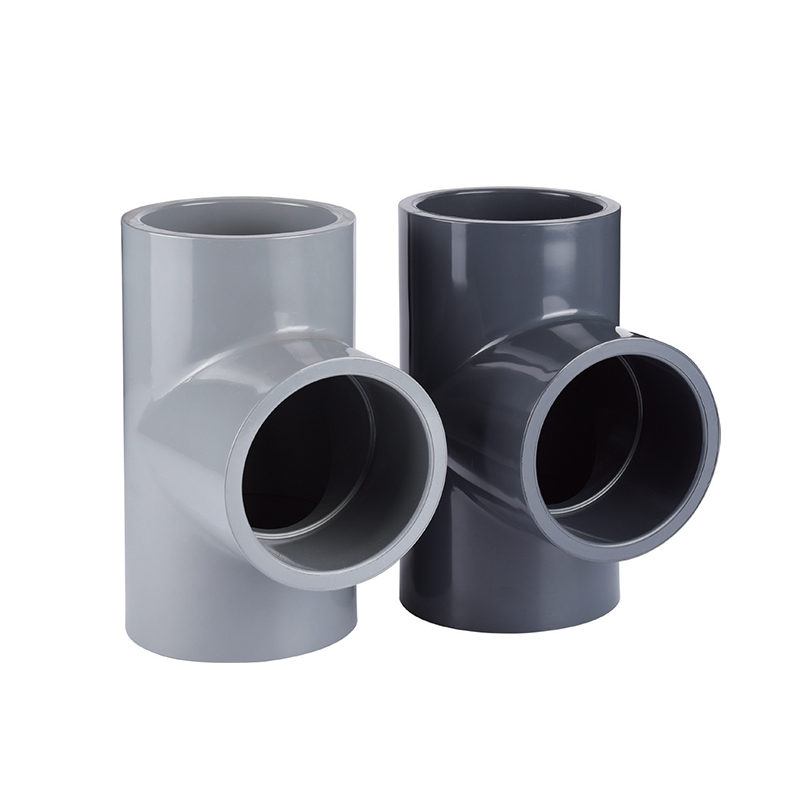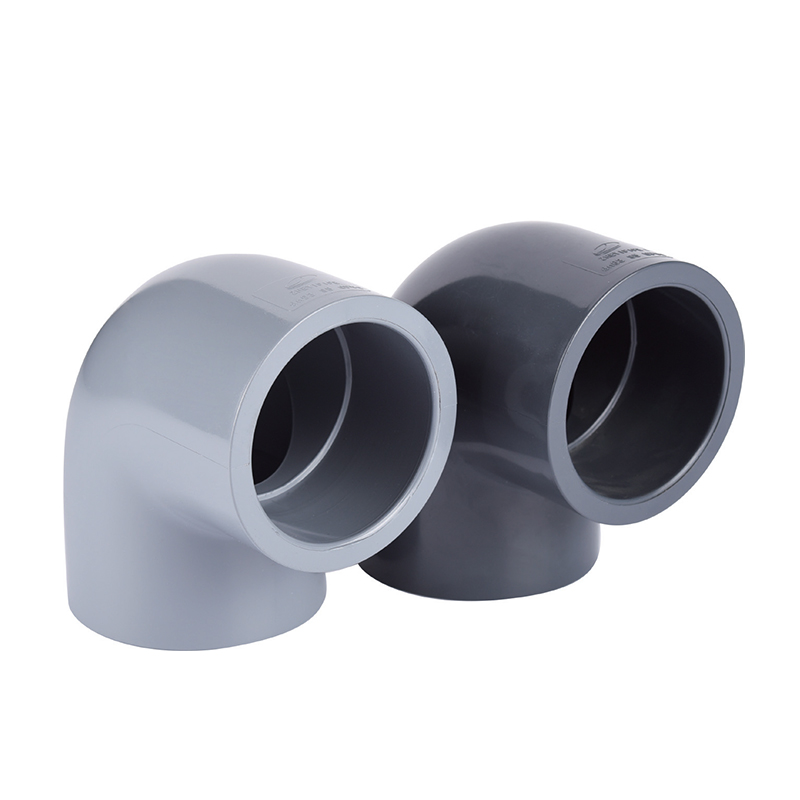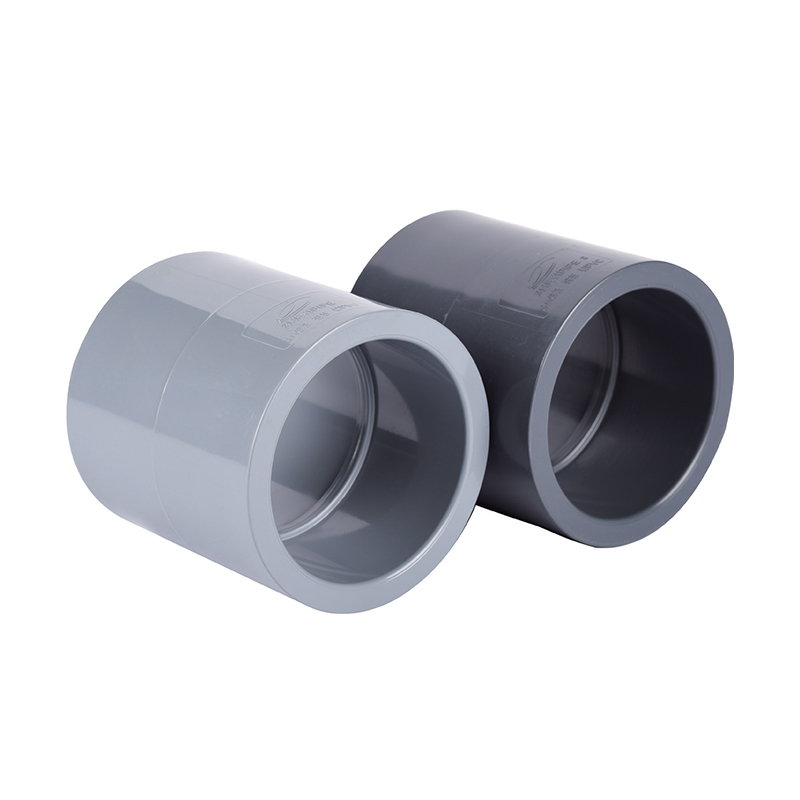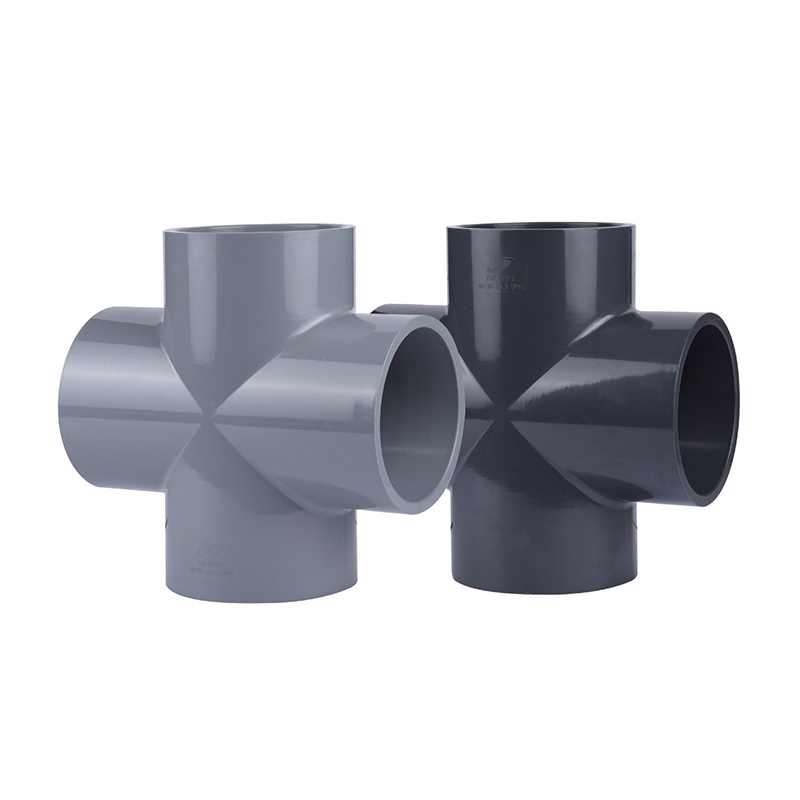Chlorinated Polyvinyl Chloride (CPVC) is a popular choice for hot and cold-water distribution, industrial piping, and fire sprinkler systems due to its excellent corrosion resistance and affordability. However, a critical aspect of designing a safe and efficient system is understanding the CPVC pipe pressure capabilities. This guide delves deep into the factors that determine pressure ratings, provides practical charts, and explains how to ensure your system operates within safe limits.
What is a CPVC Pipe Pressure Rating?
A CPVC pipe pressure rating is the maximum sustained internal pressure that a pipe can safely handle at a specific temperature. It is not a single number but a value that decreases as the temperature of the fluid inside the pipe increases. This rating is established through long-term hydrostatic strength testing conducted according to standards like ASTM D2837.
- Hydrostatic Design Basis (HDB): This is the fundamental long-term strength value of the material itself, determined through testing.
- Pressure Rating: This is the practical value derived from the HDB, incorporating a design factor for safety. It is typically expressed in Pounds per Square Inch (PSI) or Bar.
The Importance of Understanding Pressure Ratings for System Safety
Ignoring the pressure-temperature relationship is one of the most common causes of piping system failure. Operating a pipe beyond its rated pressure for a given temperature can lead to premature aging, stress cracking, and ultimately, catastrophic failure.
- System Integrity: Adhering to ratings prevents leaks and pipe bursts, protecting property and infrastructure.
- Longevity: Pipes operating within their design parameters will have a significantly longer service life.
- Code Compliance: Most plumbing and mechanical codes mandate the use of pipes according to their manufacturer's pressure ratings.

Key Factors Affecting CPVC Pipe Pressure Capacity
Several variables influence the actual pressure a CPVC pipe can withstand in a real-world application. A thorough understanding of these factors affecting CPVC pipe pressure capacity is essential for proper system design.
Temperature: The Primary Factor
Temperature has the most significant impact on the strength of CPVC. As temperature rises, the polymer chains become more mobile, reducing the material's overall strength. Therefore, the pressure rating drops substantially as the fluid temperature increases.
- Room Temperature (73°F / 23°C): CPVC has its highest pressure rating, often 400 PSI or more for Schedule 80 pipe.
- Elevated Temperatures (e.g., 180°F / 82°C): The pressure rating may be reduced to 100 PSI or less.
Pipe Schedule (Wall Thickness)
The schedule number (e.g., Schedule 40, Schedule 80) indicates the wall thickness of the pipe. A thicker wall can contain higher internal pressures.
- Schedule 40: Standard wall thickness, suitable for most residential and commercial applications at lower pressures.
- Schedule 80: Extra-strong wall thickness, used for higher pressure applications or where extra durability is needed.
Fluid Service and Chemical Compatibility
While CPVC is highly corrosion-resistant, exposure to certain chemicals can degrade the polymer, effectively lowering its pressure capacity over time. Always consult chemical resistance charts before specifying CPVC for industrial applications.
CPVC Pipe Pressure Rating Chart and Interpretation
A CPVC pipe pressure rating chart is an indispensable tool for engineers and installers. The following table provides a simplified example for a typical CPVC compound. Always refer to the specific manufacturer's data for the product you are using.
| Temperature (°F) |
Temperature (°C) |
Pressure Rating - Schedule 40 (PSI) |
Pressure Rating - Schedule 80 (PSI) |
| 73 |
23 |
450 |
630 |
| 100 |
38 |
400 |
560 |
| 140 |
60 |
250 |
350 |
| 180 |
82 |
150 |
210 |
| 210 |
99 |
100 |
140 |
How to Read a Standard Pressure Rating Chart
To use the chart, first determine the maximum operating temperature of your system. Then, find the corresponding temperature row and read the pressure rating for your chosen pipe schedule. Your system's operating pressure must be *less than or equal to* this value.
- Example: For a domestic hot water system operating at 140°F (60°C) using Schedule 40 CPVC, the maximum safe working pressure is 250 PSI.
CPVC vs. PVC: A Pressure Rating Comparison
The debate of CPVC pipe pressure rating vs PVC is common. While both are thermoplastics, CPVC undergoes a chlorination process that enhances its properties, most notably its heat resistance.
- PVC: Typically has a maximum service temperature of around 140°F (60°C). Its pressure rating drops to zero near this temperature limit.
- CPVC: Can typically handle fluids up to 200°F (93°C) without significant deformation, maintaining a usable pressure rating at these elevated temperatures.
Why CPVC Excels in Hot Water Applications
The higher chlorine content in CPVC raises its glass transition temperature (Tg), meaning it remains rigid and strong at temperatures where PVC would begin to soften. This makes CPVC the unequivocal choice for hot water distribution.
Calculating Pressure Drop in CPVC Piping Systems
While pressure rating deals with the pipe's strength, CPVC pipe pressure drop calculation deals with system performance. Pressure drop is the loss of pressure between two points in a pipeline due to friction from the pipe walls and fittings.
- Cause: Friction against the pipe interior and turbulence caused by elbows, tees, and valves.
- Impact: A significant pressure drop can lead to inadequate flow at the point of use, requiring larger pumps or pipe diameters.
Understanding the Concepts: Flow Rate, Friction, and Pipe Diameter
Pressure drop increases with higher flow rates, longer pipe runs, and smaller pipe diameters. It decreases with smoother pipe interiors (CPVC has a very smooth Hazen-Williams C-factor). Engineers use formulas like the Hazen-Williams equation or consult published pressure drop tables from manufacturers to accurately size a system.
Frequently Asked Questions (FAQ)
What is the maximum operating temperature for CPVC pipe?
The maximum operating temperature for CPVC pipe is typically 200°F (93°C) for most applications. At this temperature, the pressure rating is significantly reduced, so it is crucial to consult the pressure rating chart to ensure the operating pressure is within the safe limit for that temperature. For example, at 200°F, the pressure rating might be as low as 100-125 PSI.
Can I use CPVC for compressed air systems?
It is strongly discouraged and often against code to use CPVC for compressed air systems. While it can handle the pressure at room temperature, compressed air contains moisture and oil, and the system experiences significant temperature fluctuations. Furthermore, CPVC can become brittle upon impact, and if it fails, it can shatter, creating a dangerous shrapnel hazard. Metal pipes are the standard and safe choice for compressed air.
How does sunlight exposure affect CPVC pipe pressure rating?
Prolonged exposure to ultraviolet (UV) radiation from sunlight can degrade the surface of CPVC, causing it to become brittle and lose impact strength. This surface degradation can create micro-cracks that act as stress concentrators, potentially reducing the long-term pressure capacity of the pipe. For outdoor applications, CPVC should be painted with a latex-based water-soluble paint or insulated to protect it from UV rays.
Does the installation method impact the pressure rating of CPVC?
Yes, improper installation can effectively lower the pressure capacity of the system. The most critical factor is proper solvent cement joining. An incomplete or weak joint is a primary point of failure. Other factors include inadequate support (allowing sagging and stress), over-tightening of threaded connections (which can crack the pipe), and failure to account for thermal expansion in long runs, which can create undue stress on fittings.


 +86-15258772971
+86-15258772971
 dinys009@163.com
dinys009@163.com

 English
English 한국어
한국어 Español
Español عربى
عربى


